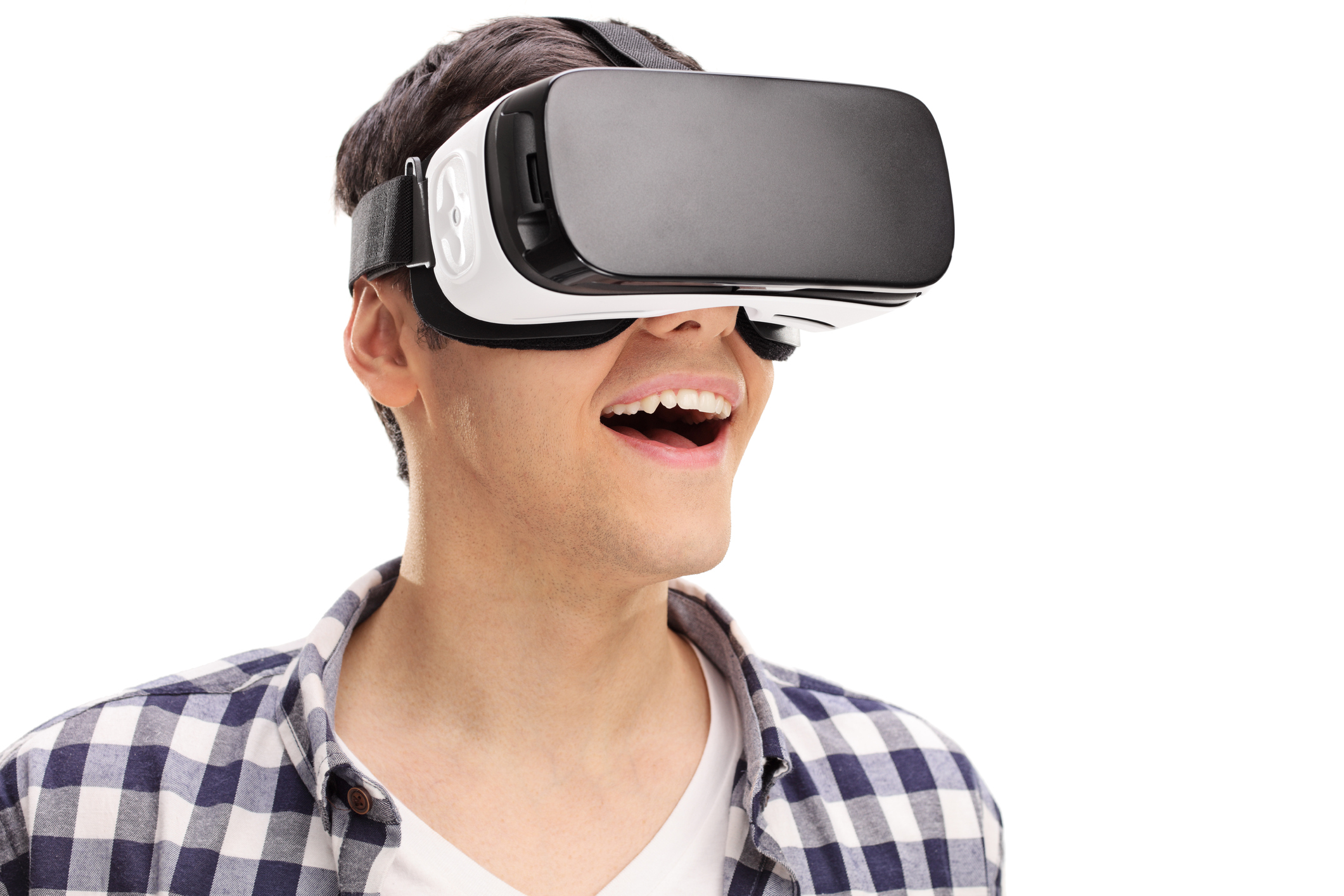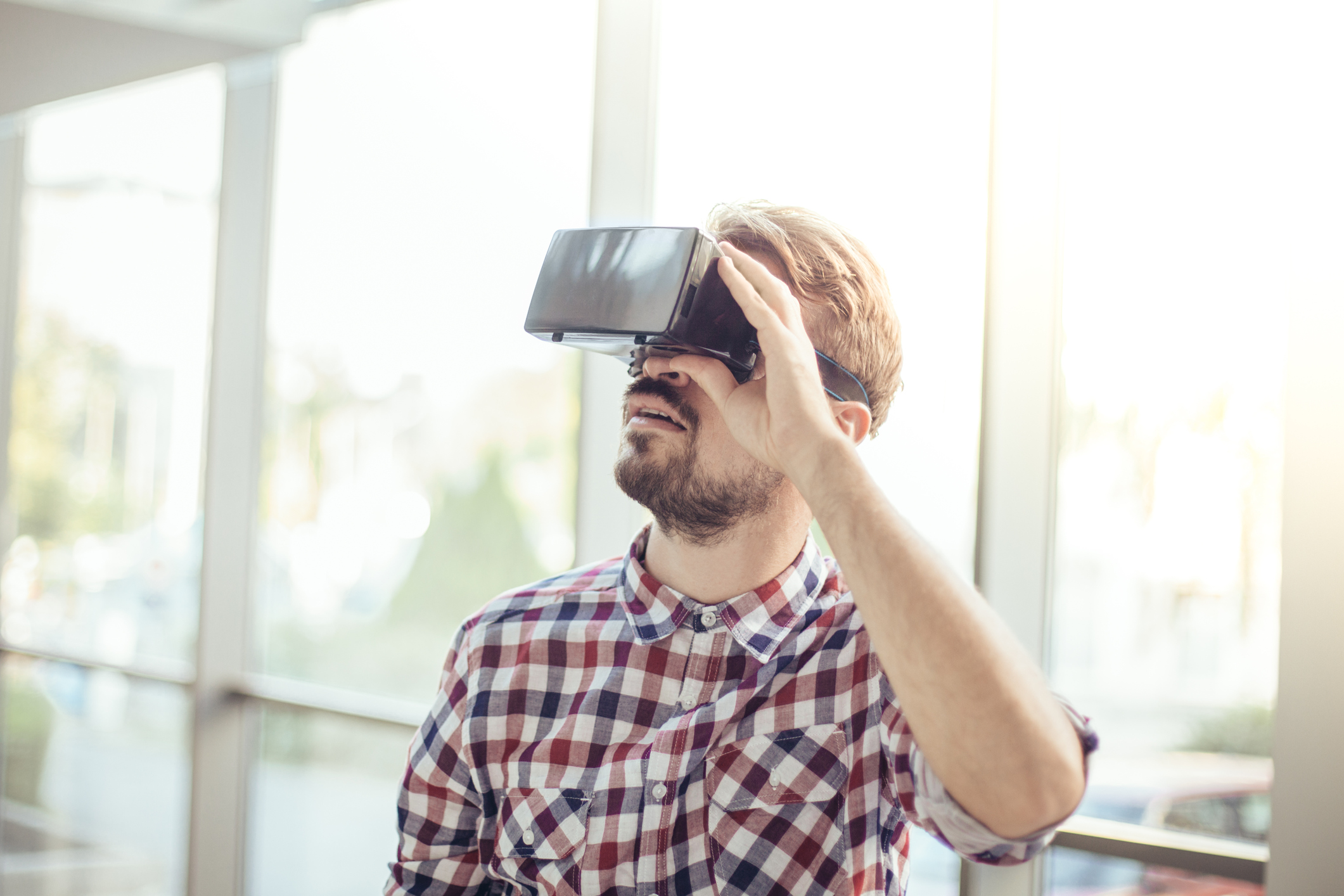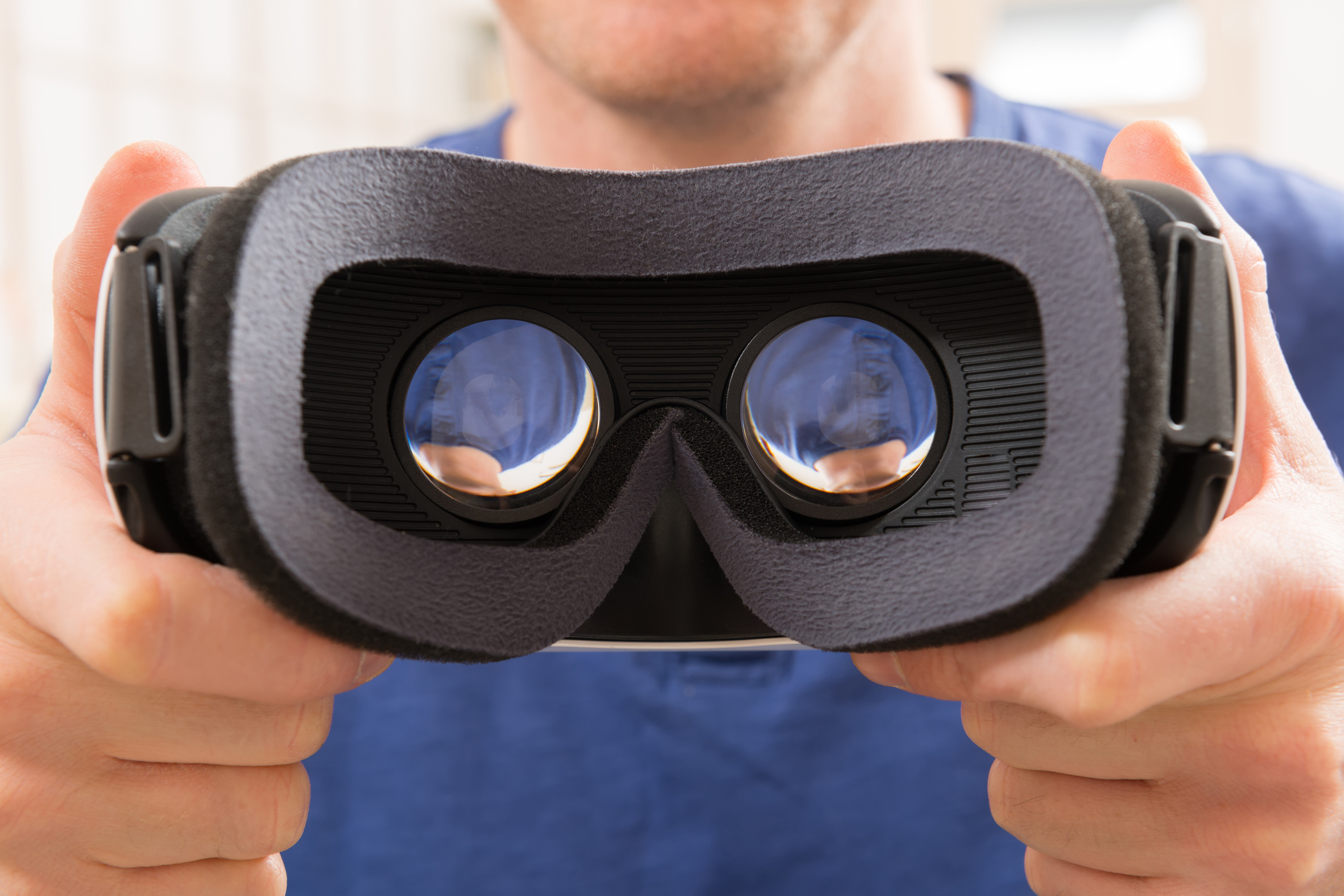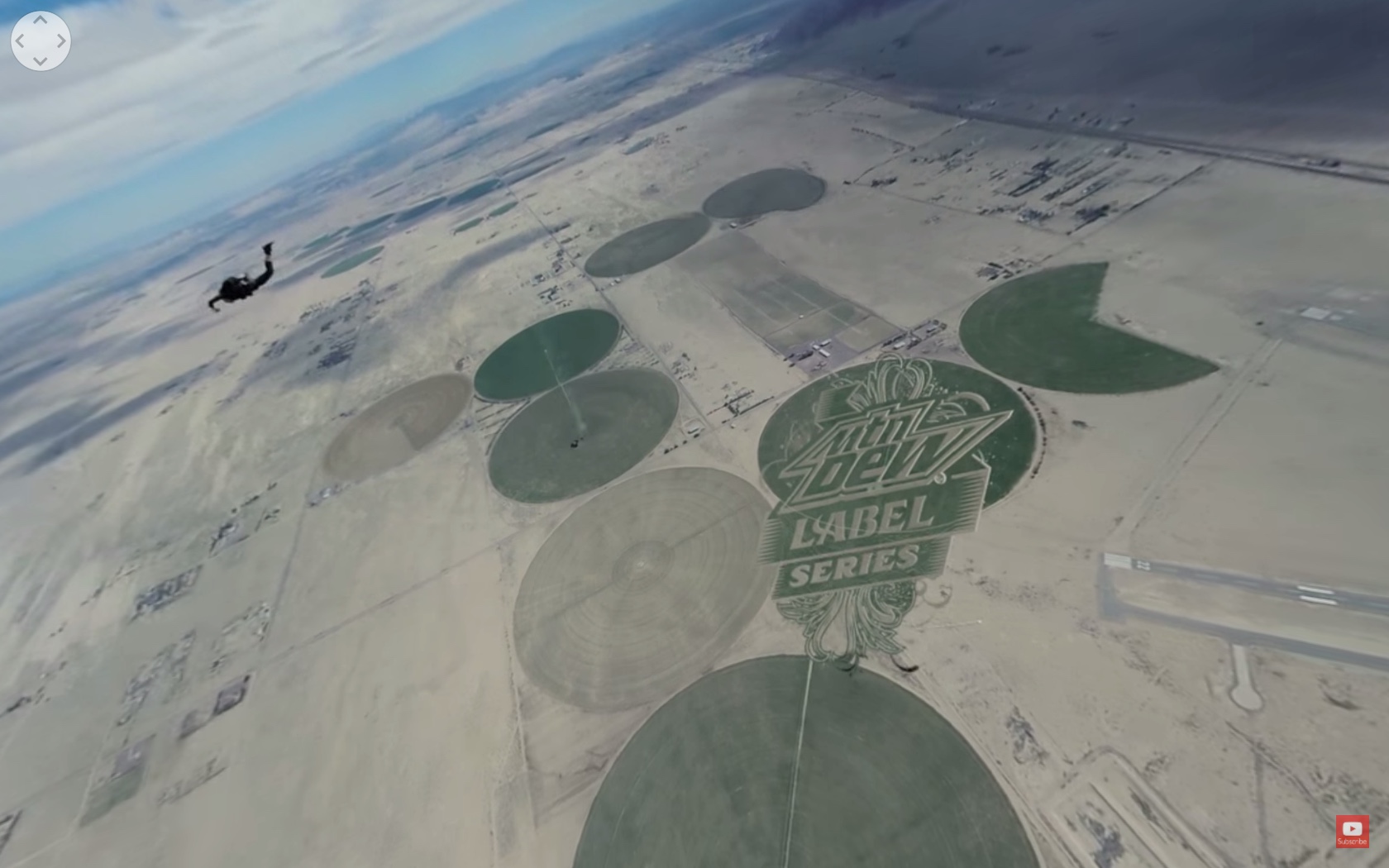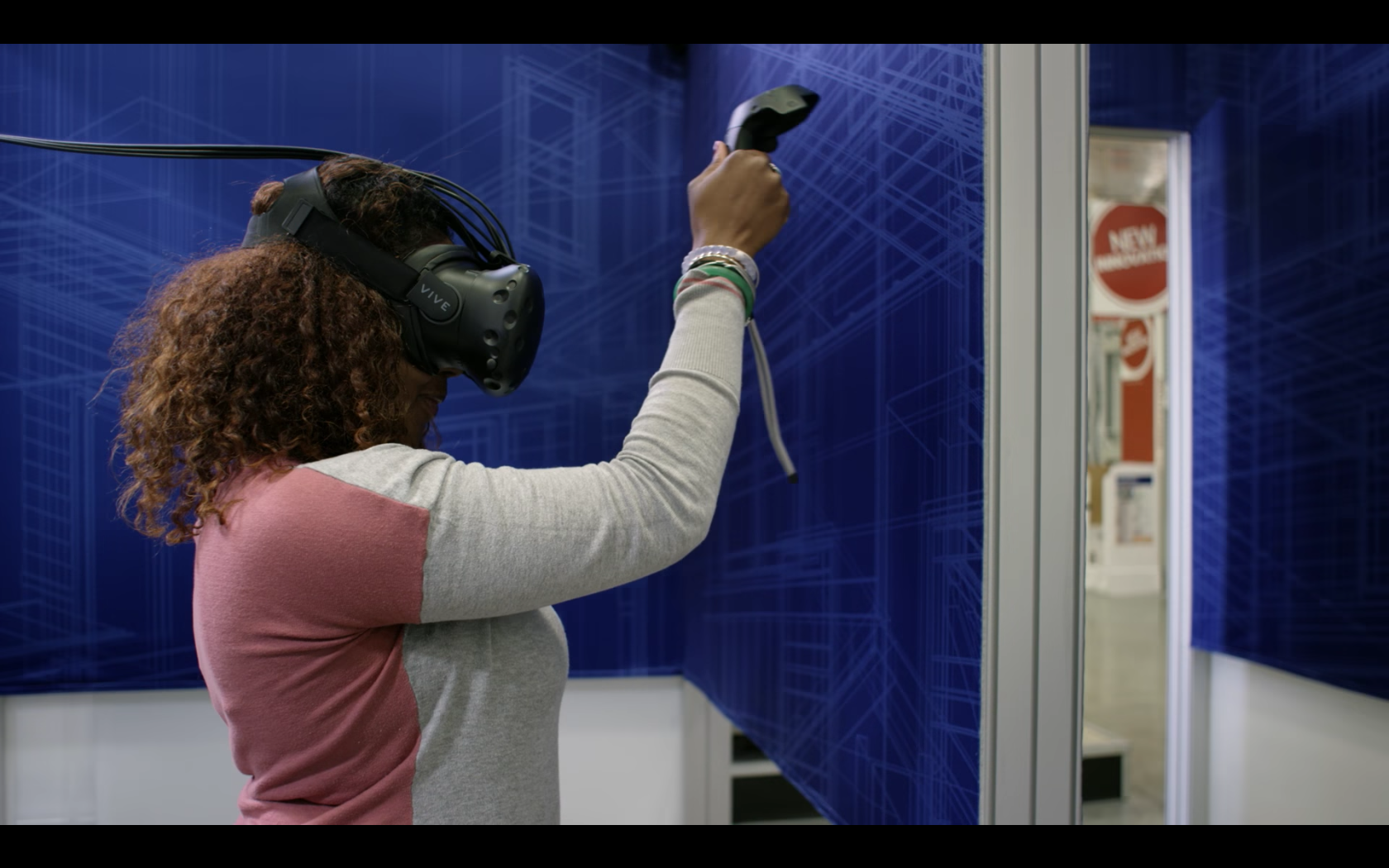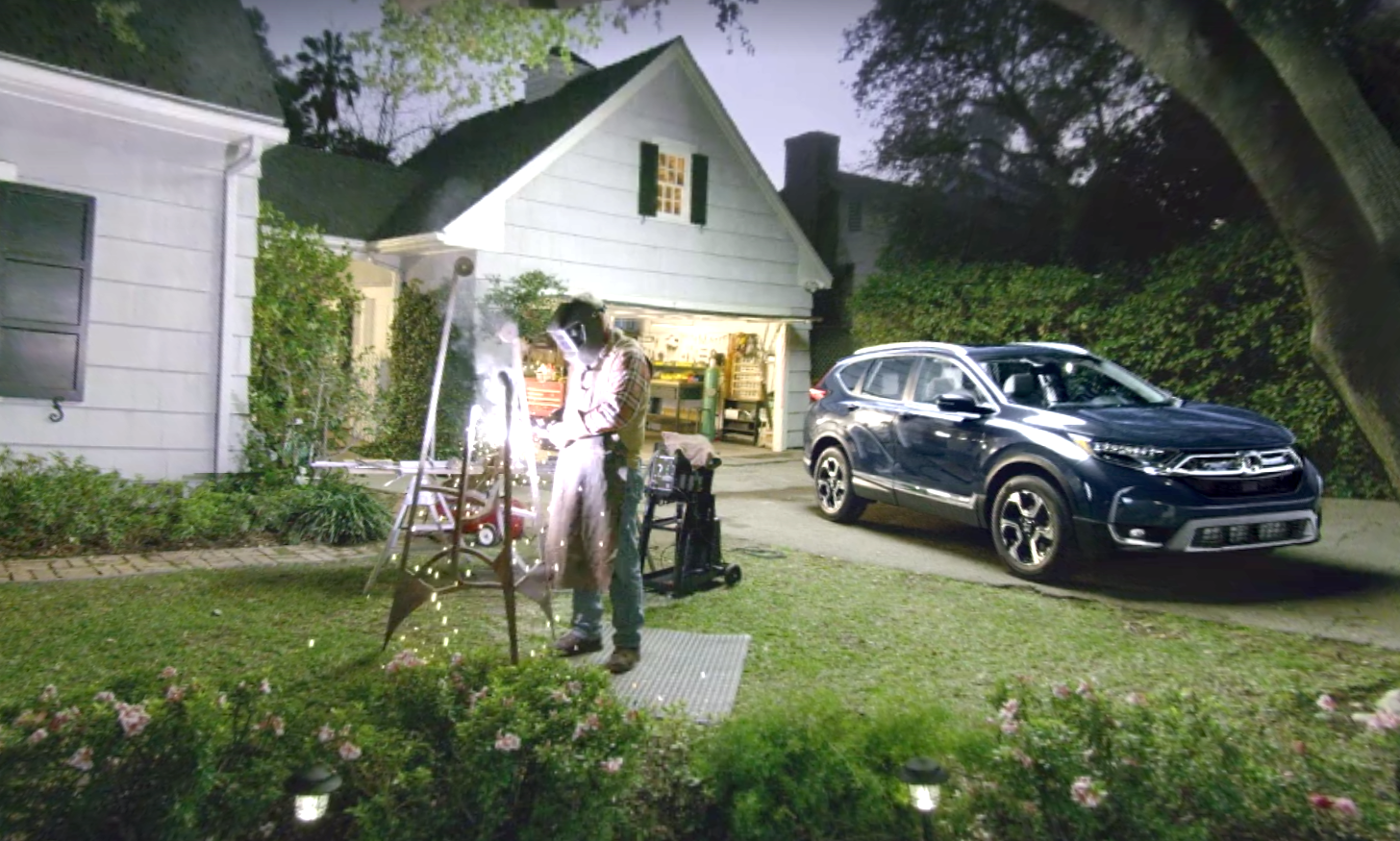What Happened
The Lobby Bar at the One Aldwych Hotel in London is using virtual reality to enhance how its patrons experience one particular drink. The bar’s special whiskey-based “Origin” cocktail comes with a virtual reality headset that transports you to the Scottish distillery where the whiskey is made. The drink is made with 12-year-old Dalmore whisky, and the accompanying virtual reality experience aims to showcase the origin of its ingredients, as well as the beautiful scenery of the Scottish Highlands where the distillery is located at.
What Brands Need To Do
This is a pretty cool on-site activation for a spirit brand to leverage VR technology to showcase their brand identity and enhance the product experience in bars. Other brands should start to explore similar ways to use VR for this type of experiential marketing that truly engages with your target audiences through the immersive storytelling that VR content provides.
How We Can Help
Our dedicated team of VR experts is here to guide marketers through the distribution landscape. We work closely with brands to develop sustainable VR content strategies to promote branded VR and 360 video content across various apps and platforms. With our proprietary technology stack powered by a combination of best-in-class VR partners and backed by the media fire-power of IPG Mediabrands, we offer customized solutions for distributing and measuring branded VR content that truly enhance brand messaging and contribute to the campaign objectives.
If you’d like to learn more about how the Lab can help you tap into the immersive power of VR content to engage with customers, please contact our Client Services Director Samantha Barrett ([email protected]) to schedule a visit to the Lab.
Source: Quartz
